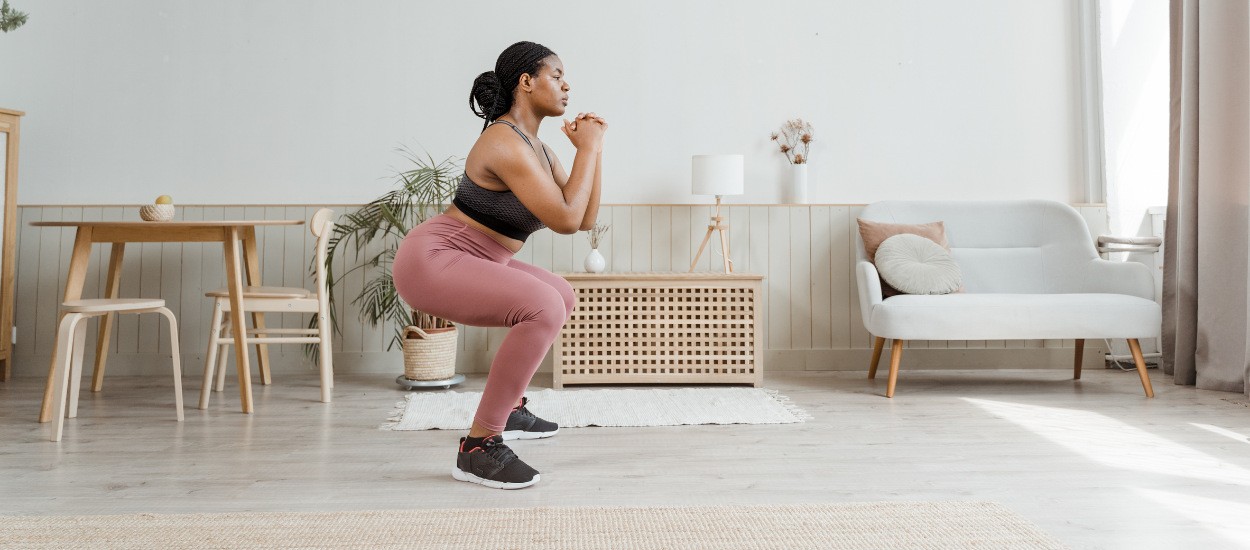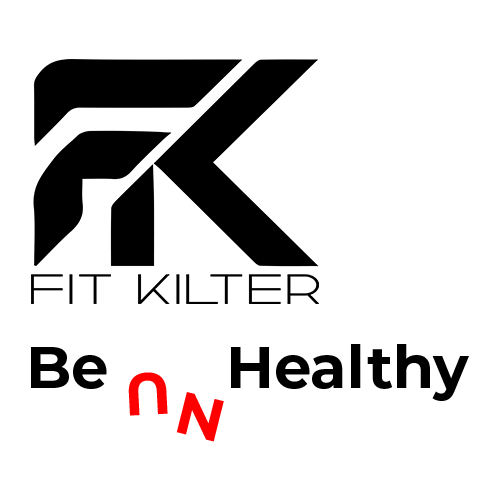In today’s fast-paced world, finding time to prioritize fitness can be a challenge. However, with the rise of home workouts, achieving your fitness goals has never been more accessible. Crafting a personalized home workout routine allows you to exercise on your own terms, at your own pace, and in the comfort of your own space. In this detailed blog, we’ll explore the key steps to creating a home workout routine that works for you, from setting goals and choosing exercises to staying motivated and tracking progress.
Set Clear Goals:
- The first step in creating a home workout routine is to define your fitness goals. Whether you’re aiming to lose weight, build muscle, improve flexibility, or increase endurance, having clear, specific goals will guide your workout program and keep you focused and motivated. Write down your goals and break them down into smaller, achievable milestones to track your progress over time.
Assess Your Fitness Level:
- Before designing your home workout routine, take some time to assess your current fitness level. Consider factors such as your strength, endurance, flexibility, and any specific areas of weakness or limitation. This self-assessment will help you choose appropriate exercises and tailor your routine to meet your individual needs and abilities.
Choose Your Equipment:
- One of the benefits of home workouts is the flexibility to choose equipment that suits your preferences and budget. Whether you prefer bodyweight exercises, resistance bands, dumbbells, kettlebells, or exercise machines, select equipment that aligns with your fitness goals and workout space. Start with basic equipment and gradually invest in additional items as needed to add variety and challenge to your workouts.
Select Your Exercises:
- Once you’ve defined your goals, assessed your fitness level, and chosen your equipment, it’s time to select exercises for your home workout routine. Focus on incorporating a mix of cardiovascular, strength, flexibility, and balance exercises to achieve a well-rounded fitness program. Choose exercises that target major muscle groups and movement patterns, such as squats, lunges, push-ups, rows, planks, and stretches.
Design Your Workout Schedule:
- Determine how often you’ll exercise and how you’ll structure your workouts throughout the week. Aim for a balance of cardio and strength training, with at least 150 minutes of moderate-intensity cardio or 75 minutes of vigorous-intensity cardio per week, along with two or more days of strength training targeting all major muscle groups. Consider factors such as your availability, energy levels, and recovery needs when scheduling your workouts.
Create a Balanced Routine:
- When designing your home workout routine, aim to create a balanced program that addresses all aspects of fitness, including cardiovascular endurance, muscular strength, flexibility, and balance. Incorporate a mix of exercises that target different muscle groups and movement patterns, and vary the intensity and duration of your workouts to keep them challenging and engaging.
Warm-Up and Cool Down:
- Before starting your workout, be sure to include a warm-up to prepare your body for exercise and reduce the risk of injury. A dynamic warm-up consisting of dynamic stretches, mobility exercises, and light cardio helps increase blood flow, loosen tight muscles, and improve joint range of motion. Similarly, include a cool-down at the end of your workout to gradually lower your heart rate, stretch tight muscles, and promote relaxation and recovery.
Stay Motivated:
- Staying motivated is key to sticking with your home workout routine in the long term. Find ways to stay motivated and accountable, whether it’s setting reminders, scheduling workouts in advance, enlisting the support of a workout buddy, or tracking your progress with a workout journal or fitness app. Incorporate variety into your routine by trying new exercises, changing up your workout environment, or setting new goals to keep things fresh and exciting.
Listen to Your Body:
- Pay attention to your body’s signals and adjust your workouts accordingly. If you experience pain or discomfort during a particular exercise, modify the movement or choose an alternative exercise that better suits your needs. Be mindful of your energy levels, hydration, and nutrition, and prioritize rest and recovery to prevent overtraining and burnout.
Be Flexible and Adapt:
- Lastly, be flexible and adaptable in your approach to home workouts. Life can be unpredictable, and there may be times when you need to modify your workout schedule or routine due to factors such as illness, injury, or time constraints. Embrace flexibility and be willing to make adjustments as needed to ensure that your home workout routine remains sustainable and enjoyable in the long term.
Conclusion:
Creating a home workout routine that works for you is a empowering process that allows you to take control of your fitness and well-being. By setting clear goals, assessing your fitness level, choosing appropriate equipment and exercises, designing a balanced routine, staying motivated and accountable, listening to your body, and being flexible and adaptable, you can craft a personalized home workout routine that fits seamlessly into your lifestyle and helps you achieve your fitness goals. Embrace the journey of self-discovery and transformation, and enjoy the countless benefits of exercising in the comfort of your own home.













